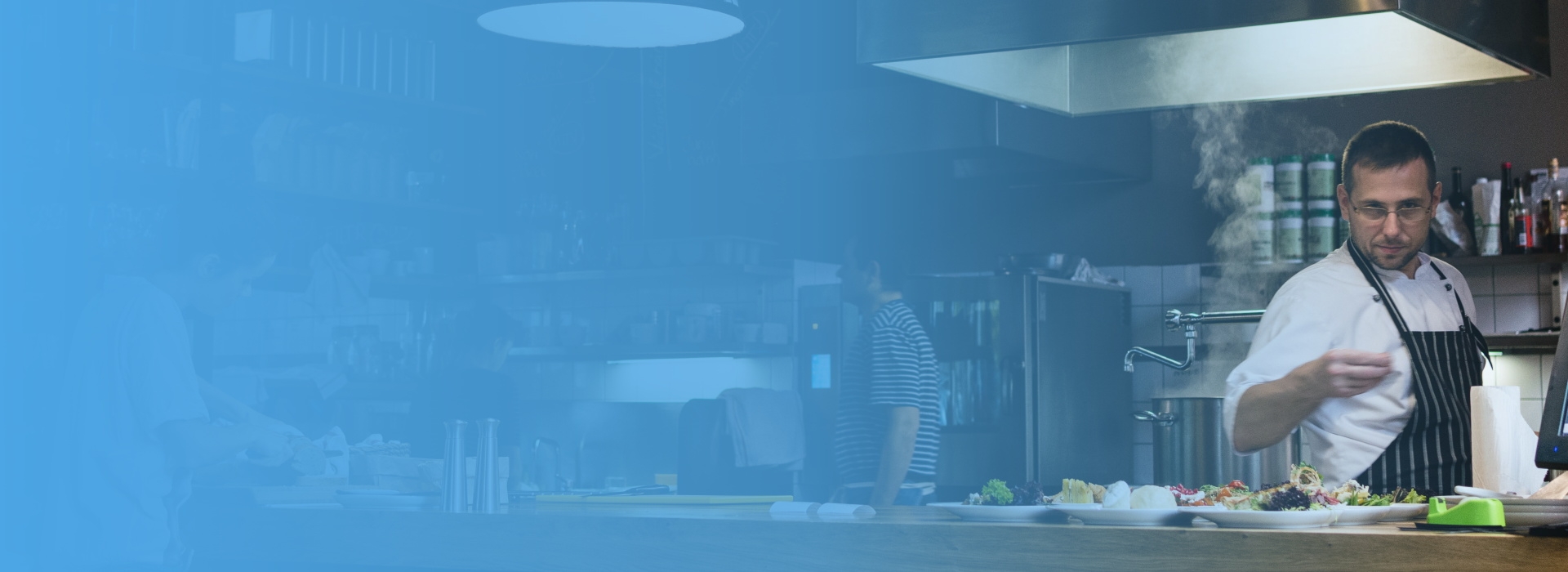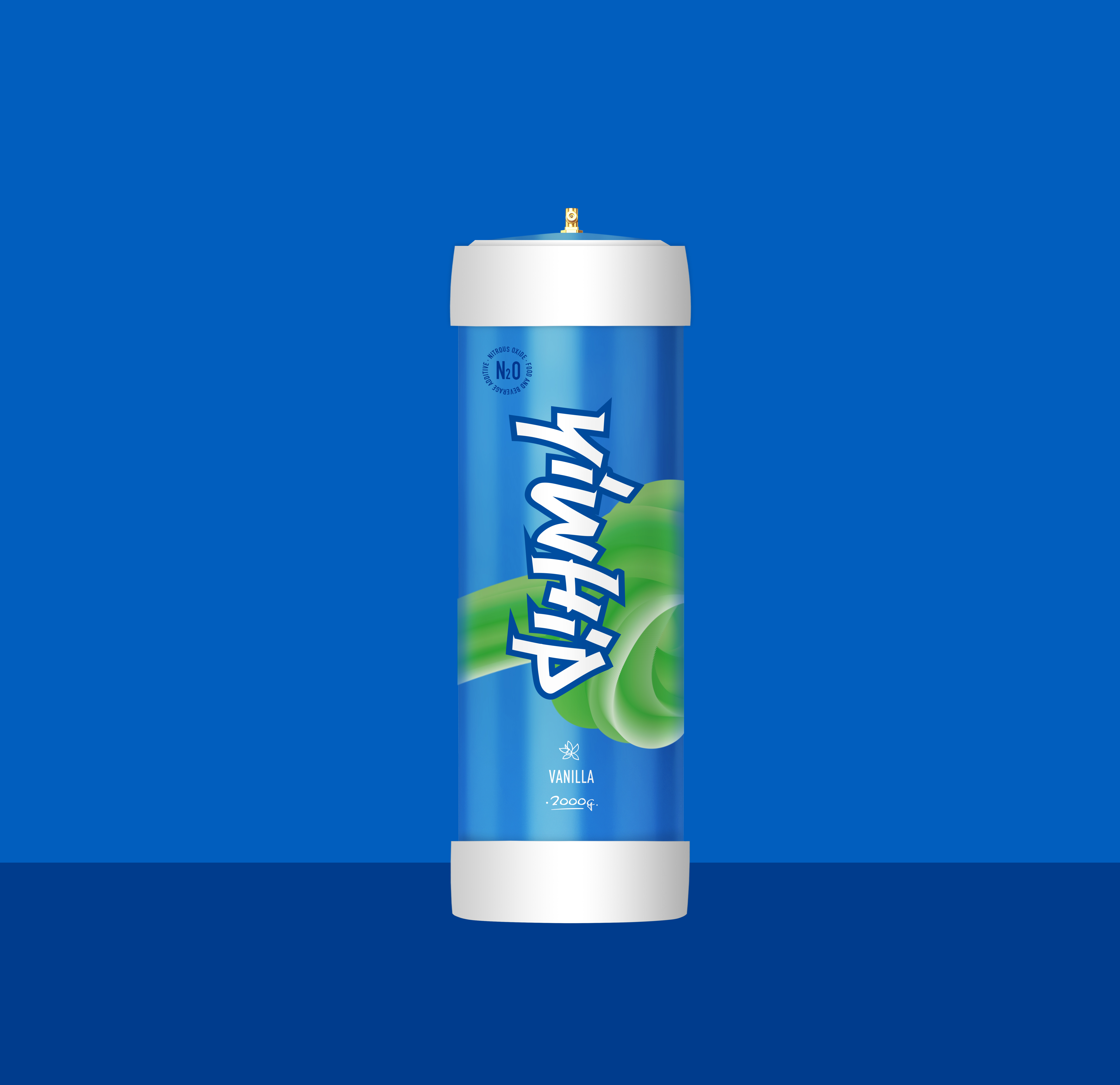The Truth About Buying Cream Chargers Online: More Complex Than You Think
If you're considering purchasing cream chargers online, especially as a professional baker, bartender, or food service provider in France, you know just how crucial these nitrous oxide (N₂O) canisters are to crafting perfect whipped creams and foams. They streamline operations, enhance presentation, and allow for restaurant-level texture precision.
Yet what’s rarely discussed—especially in the French-speaking context—is how complex, legally gray, and ethically charged this industry really is. It’s not just about hitting “add to cart" and getting that next-day delivery.
Below, we delve into five major aspects of ordering cream chargers over the Internet from the European—and more specifically French perspective:
- Convenience — Is it always better than the physical?
- Legal Restrictions – Why even licensed venues struggle to acquire these items online
- Safety and Standards – Who regulates your nitro charger quality?
- User Experience vs. Liability Exposure – Are users protected in case of injury?
- Eco Impact – Do you realize the true footprint of each 8g N20 steel cylinder?
Flick-of-the-Wrist Ease Meets Delivery Drama
Browsing a marketplace like Amazon, Le Food.fr, or local distributor Culinor may give you a seamless checkout experience. Type "buse à crème chargers", select brand X over Y, click twice… boom—you get free two-day delivery with points earned.
In theory. In practice? Not all deliveries are made equal.
While large vendors generally ensure reliability in shipments, many smaller online shops offering competitive pricing lack verified vendor transparency—or legal standing altogether. The moment a French customs officer flags your package or your payment is rejected mid-processing due to unclear end-use policies (e.g. suspected recreational consumption), that once-simple process becomes an exercise in regulatory confusion and supply delay.
Tech Tip: Check whether a supplier has a clear EU VAT ID or is registered under the DGT for internal traceability. Legitimate suppliers often have certifications listed near checkout.Potential Legal Gray Areas: One Step Closer to Regulatory Limbo
France maintains stringent legislation when it comes to nitrous oxide canisters and related substances. Though cream dispensers remain commercially permissible when used by qualified professionals in licensed venues such as restaurants, pastry shops or coffeehouses—the legality of buying and possessing these online is still murky unless one holds specific business documentation and proper storage permits approved by local authorities (préfecture régionale de police économique).
“If you buy a set without a certified reseller license and operate outside licensed premises, there is legal exposure," notes Sophie Dubourg, legal consultant for food-tech startups based in Paris.
Even more nuanced: Some regions apply stricter guidelines, including increased inspections at parcel centers and warehouse import tracking programs implemented since early 2022 targeting misuse through social channels like Vinted or LeBonCoin Marketplace where unauthorized sellers have offered bulk sales to consumers.
Unseen Dangers Behind Those Little Aluminum Canisters
Cheap doesn't mean harmless. A non-regulated supplier might deliver products with uncalibrated pressure, incorrect gas blends or even contaminated seals, putting chefs, baristas—and eventually customers—at serious risk. Gas leakage and chamber ruptures may trigger kitchen accidents far beyond aesthetic disappointments.
A Few Key Concerns to Consider:- Mislabeled product listings misrepresenting size or nitric purity.
- Dodgy refill stations claiming compatibility but violating EU directives on re-pressurization safety standards.
- No traceable manufacturer information—no liability coverage, which leaves injured operators high and dry in the courts if things go catastrophically wrong.
In contrast, reputable platforms will clearly state CE marking compliance per ISO 32-10 regulations—standards designed to regulate compressed gas containers for human-contact use in commercial food environments within the bloc.
Rewarding Culinary Expression Or Setting a Safety Trap?
In professional circles—from high-end Michelin dining to avant-garde mixology—the creative possibilities of whip cream technology have opened up exciting textural exploration techniques, enabling chefs to manipulate foaming viscosity, create air-infused dessert layers, and add microbubble richness to liqueurs.
That artistic potential comes with strings attached—namely, operator knowledge about safe handling practices, equipment integrity, temperature-controlled dispensation techniques, and correct valve calibration procedures—elements not taught by most e-tailer FAQs but necessary to keep things operating reliably in both private kitchen labs and bustling restaurant backlines.
Cookery schools like Ferrandi and Les Compagnons du Tour de France recommend basic operational training even when using third-party chargers, especially when combined with higher-end dispensing tools that push gas pressures beyond baseline consumer-grade design boundaries.
Innovation means understanding limitations.
Sustainability Challenges: How 'Disposal-Friendly' Are We Talking?
Clean, fast, efficient—but environmentally questionable. Despite the growing demand among eco-conscious bakers and plant-based cafes across cities such as Marseille and Toulouse for more sustainable solutions, standard N₂O metal cartridges represent single-use disposable waste issues at scale.
The recyclability rate remains frustratingly low unless dedicated to authorized return stations—an expensive setup even by large chains’ logistics budgets.
| Type of Charger | CO₂ Emission Equivalent (grams) | Typical Recycling Rate (France, 2024 avg.) |
|---|---|---|
| Non-certified disposables | 7.5–11g per 8g can | 16% |
| Certified, industrial-grade reuse program units | Lifecycle average ≈13–16g (due to shipping/recycling processes) | 59% |
| Premium refill station + electric charging units | 2–5 g lifecycle total (after initial setup emission debt amortized) | ~93%, via closed-loop recycling model |
Why Every Chef And Bar Tender Needs to Rethink Their Digital Cream Strategy
Bought recklessly? Sure thing. Done right, sourcing cream chargers online in France offers tremendous upside, provided you vet suppliers carefully, consider their ecological ramifications wisely and align everything with national law enforcement guidelines applicable to commercial kitchens and culinary entrepreneurs across Europe.
Key Takeaways:- Buying online cream chargers isn’t just easy—it's regulated. Know the law inside-out.
- Prioritize verified sellers who provide transparent product specs.
- Never underestimate the health risks of improper or counterfeit equipment operation.
- Investigation into reusable and sustainable delivery alternatives is now urgent.
- Chef education is no substitute for sound legal protection—always read terms and ask questions.
The choice to go digital may save time—but should you rush? Only with full understanding of your environment’s real limits. Make informed purchases because your credibility as a culinary innovator hinges on much, well beyond taste alone.
In Summary – A Balancing Act Worth Taking Seriously
In a market teeming with convenience-first tech options, choosing which platform and which product to trust matters far more than price. Whether you're whipping artisan desserts for luxury clientele or building molecular cuisine experiences out of classic ingredients, knowing where and how those whipped cream gas chargers reach your prep table is a foundational concern—one worth deep research, strong documentation, ethical mindfulness and legal compliance.
In essence:- Ease of acquisition = temptation to compromise standards. Don't do it.
- The internet simplifies access; yet complicates oversight and liability significantly when things go wrong.
- We must be stewards—not just consumers—in a niche culinary domain undergoing rapid digitization amidst increasing regulatory scrutiny, especially across European markets such as France.
Stay smart, stay sharp, and remember: behind that delicate puff of cream sits an ecosystem—of gas, pressure physics, laws, environmental stakes, and above all user awareness. Handle wisely.

